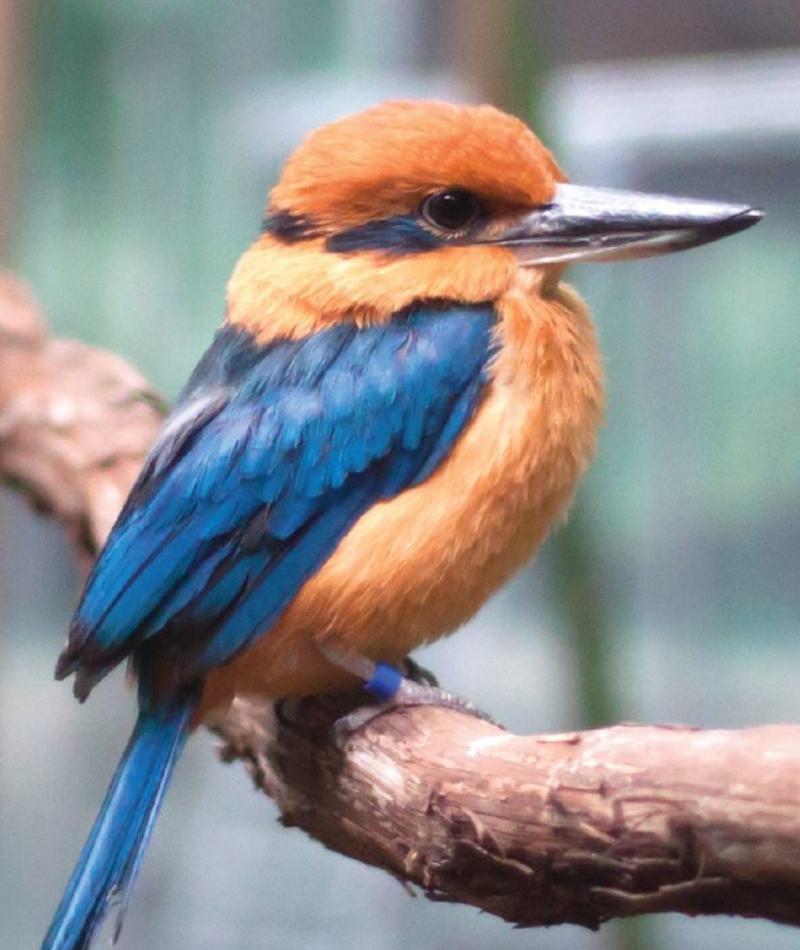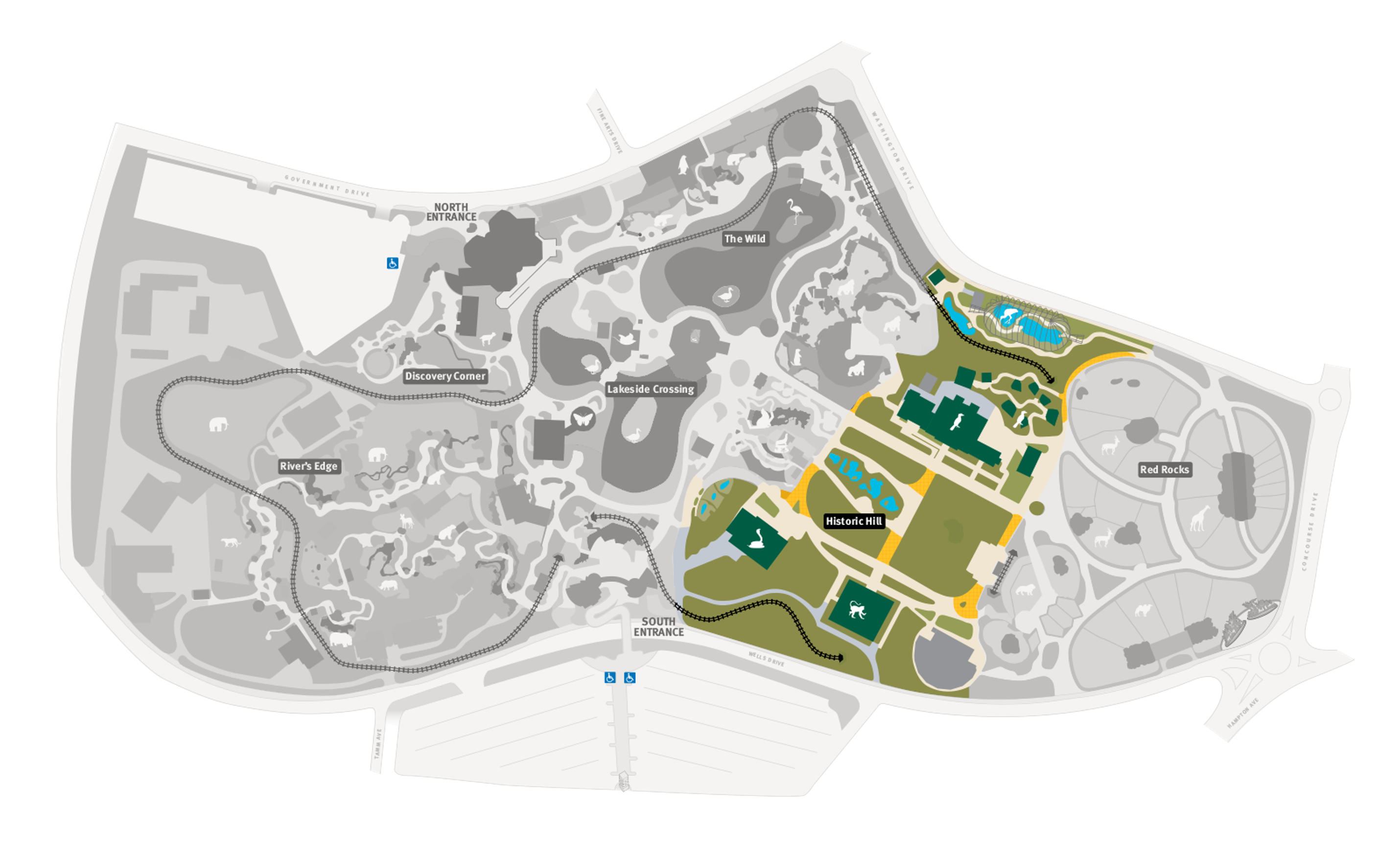
Guam Kingfisher
Todiramphus cinnamomina cinnamomina
Did you know?
- Guam kingfishers are a part of the Alcedinidae family, which they share with other kingfishers.
- They are extinct in the wild.
- Historically, they lived in all habitats around Guam.
- They will utter a first call in the morning around the same time every day.
- A female will lay two eggs per clutch.
Young and Family
Kingfishers often live by themselves or are seen in pairs. A male defends a territory, and once he pairs with a female, the two of them defend their turf against other kingfishers. Both male and female help build the nest, usually in a tree cavity. The nesting season is from December to July. The female lays two smooth white eggs. Both the male and the female will feed newly hatched chicks.
Extinct in the Wild
Like many of the bird species on Guam, the Guam kingfisher fell victim to a snake. There are no snakes that are naturally endemic to Guan, but in the 1940s, people began to notice a new kind of reptile on the island: brown tree snakes. Scientists think they arrived on the island as stowaways on cargo ships. The snakes destroyed the Guam kingfishers’ population. By the 1980s, there were so few kingfishers that scientists decided the only way to save them was to bring most of them into captivity, where they could be bred. They captured 29 of the remaining birds and sent them to zoos, including the Saint Louis Zoo. By 1988 there were no more wild Guam kingfishers on Guam.
Threat Level
- Unknown
- Common
- Near Threatened
- Threatened
- Endangered
- Critically Endangered
- Extinct in the Wild
Extinct in the Wild
The Guam Kingfisher survives in captivity, cultivation, or has a naturalized population/s well outside the past range.
Range
Guam (historically); today, only exists in zoos
Habitat
Formerly, forests, woodlands, mangrove swamps

We care about Guam kingfishers
There are three subspecies of Guam kingfishers, all from the Pacific Islands. Two of them still exist in the wild. The subspecies at the Saint Louis Zoo, Todiramphus cinnamomina cinnamomina, used to live on the island of Guam, but it is now extinct in the wild. If it were not for zoos, these birds would be gone forever.
The Saint Louis Zoo was one of the founding members of the Association of Zoos and Aquariums Species Survival Plan for Guam kingfishers. We have housed Guam kingfishers in an off-display area of the Bird House since 1985. The Zoo has hatched 41 chicks, some of which now live on Guam at a breeding facility. We support Guam kingfishers in the Bird House at the Zoo, and we hope to one day reintroduce these birds to snake-free islands near Guam.
Learn more about how we are helping wildlife around the world.
Find this animal in Historic Hill

SAINT LOUIS ZOO ZONE
Historic Hill
Historic Hill is a lovely stroll through one of the oldest parts of the Saint Louis Zoo. From the 1904 World’s Fair Flight Cage to the Spanish architectural flavor of the 1920s in the Bird House, Primate House and Herpetarium to the finishing touches of our thoroughly modern exhibits, this area of the Zoo has a unique ambiance and a nostalgic history that make it a great destination.

